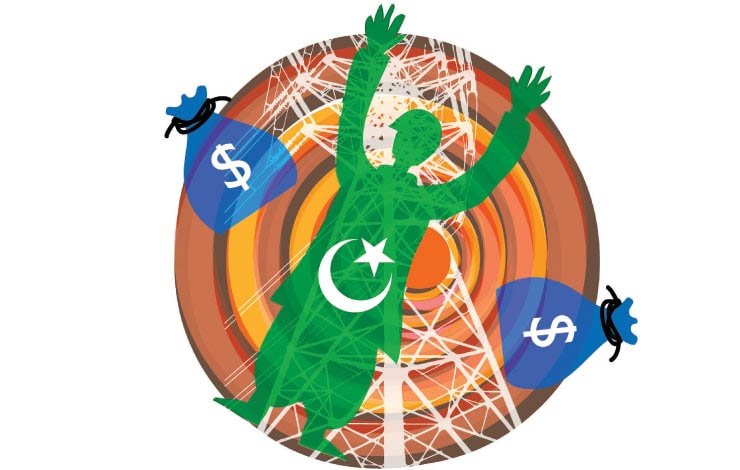A new warning regarding circular debt been continuously building-up with an all-time high at 5.2% of GDP that poses a threat to Pakistan’s energy, security, and consumer welfare has been issued in a report by an independent think tank.
The report issued by ‘PRIME’ appreciated the Federal government for its efforts and the plans to introduce a long-overdue competitive market regime.
However, PRIME attributed multiple causes to the circular debt build-up namely, Tariff Differential Subsidy, Capacity Payments, T&D and Recovery Losses, and Governance Issues in the report.
“This has led to an unprecedented level of circular debt amounting to Rs2.3 trillion”, the report maintained.
If this circular debt continues to grow at the same pace, it is feared that by the end of 2022, its volume will be Rs 2800 billion in the next 4 years.
The incumbent government’s mandate for alleviating the ailments of the power sector, by introducing green energy into the mix, has yet to see the light of day, PRIME further added.
In the first year of the PTI government, the rate of recovery of electricity improved but instead of improving in the second year, it decreased further, the report said.
PRIME has also put forward recommendations for the government to tackle the issues of the electricity sector.
Read Also
Senate Election Turns Traumatic For Opposition in Sindh
“Liberalizing prices is right but it needs to be complemented by reforms to address the technical and operational inefficiencies, inadequate power infrastructure, and soaring circular debt”, PRIME said.
It has further advised the government to effectively come to grips with energy theft and recovery losses.
Negotiations with Independent Power Producers (IPPs) and the use of cost-effective plants to minimize production inefficiencies were also part of the suggestion.
The report summed up the recommendations for the government to up-grade power infrastructure to curtail the T&D losses, re-evaluation of power subsidies, and reconstruction of tariff regime on the bid-based model.

